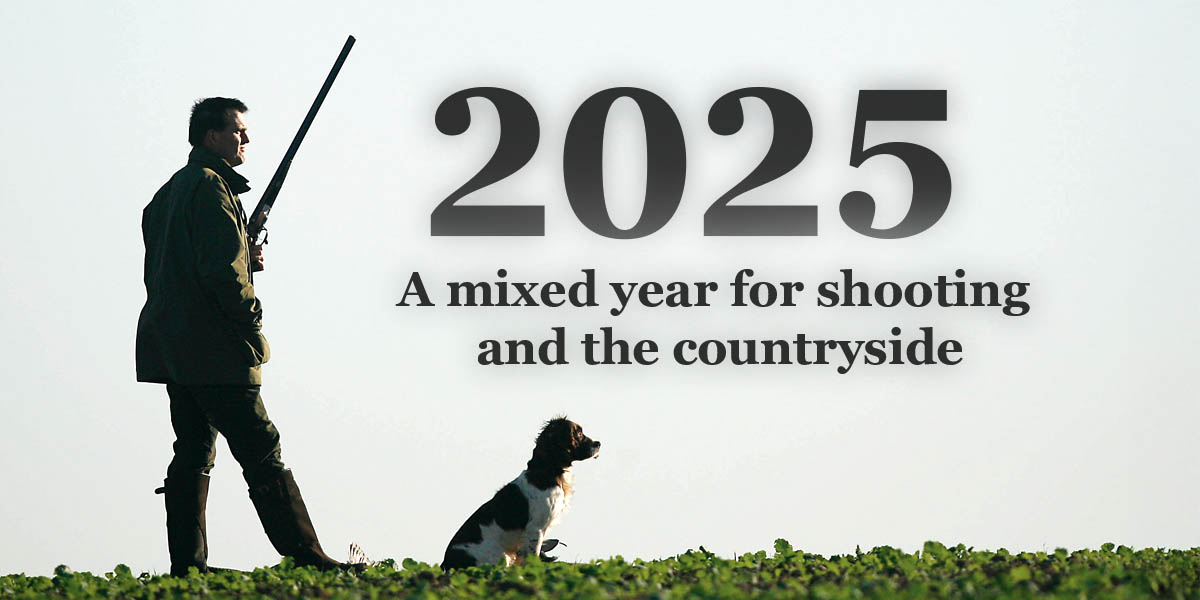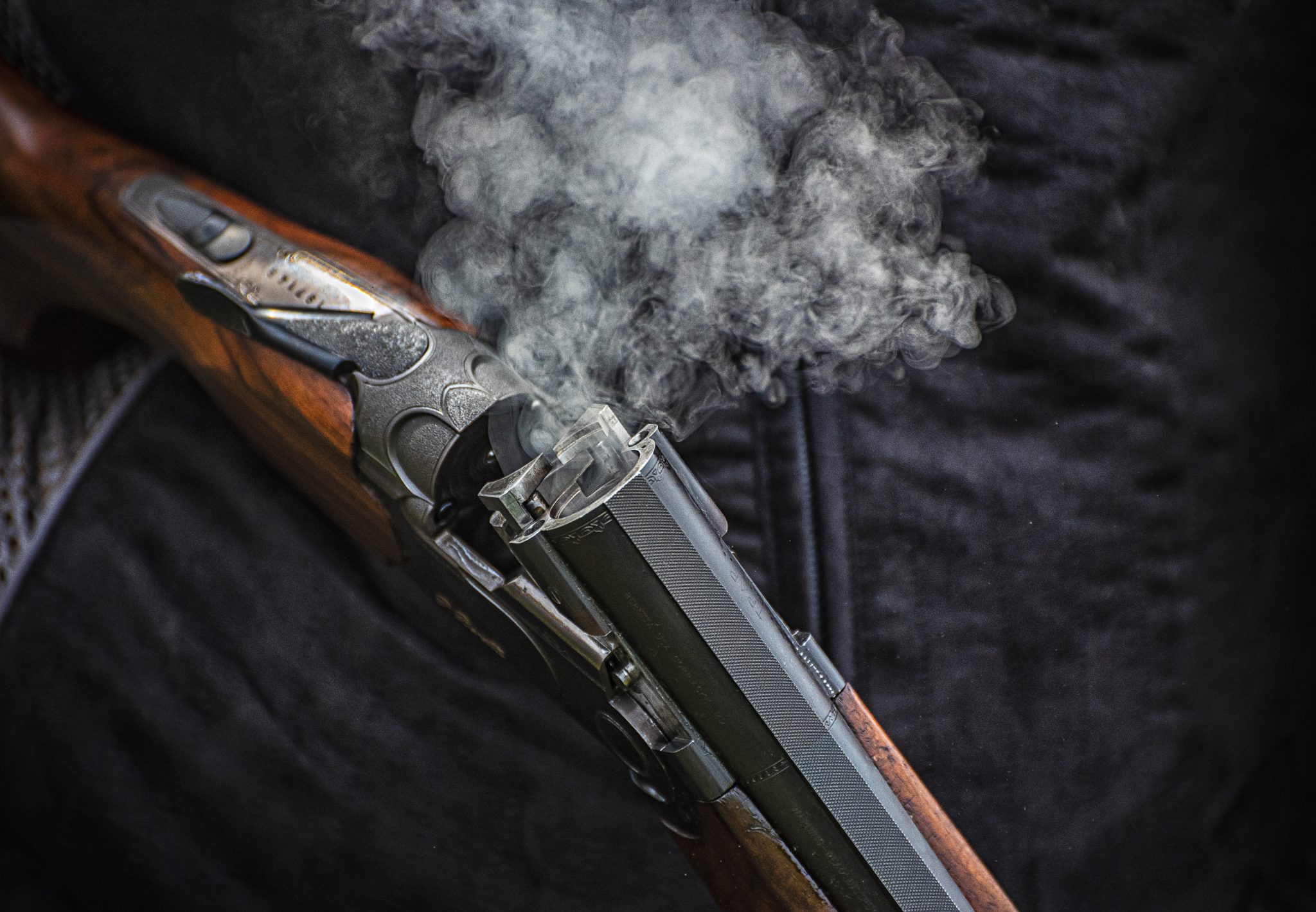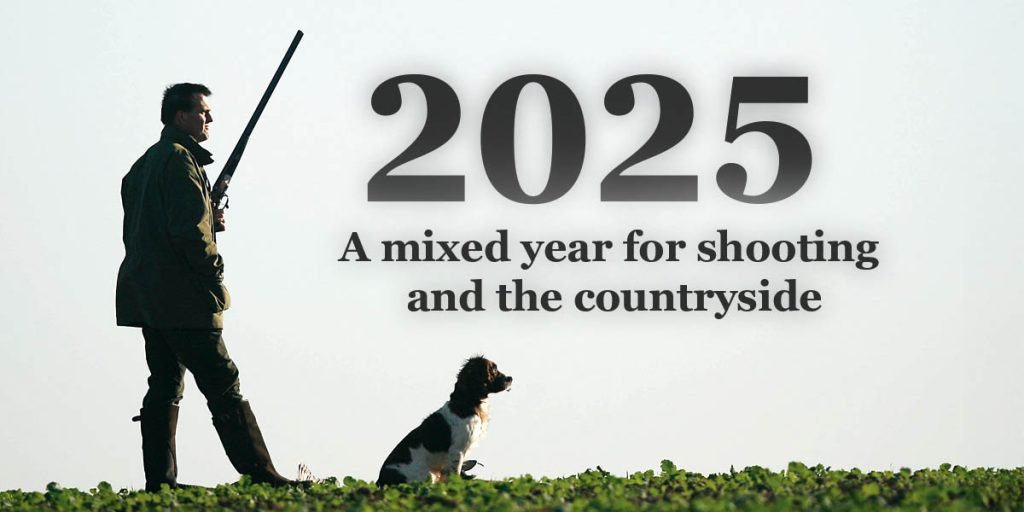Win CENS ProFlex DX5 earplugs worth £1,149 – enter here
What’s the right shotgun bore for you?
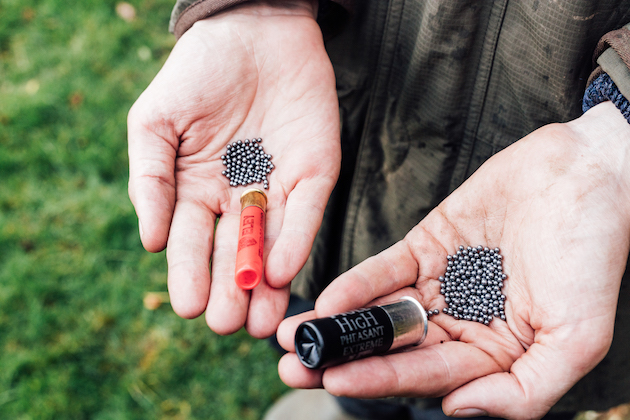 Comparing the 410 cartidge and the 12 bore cartidge and the different amount fo shot
Comparing the 410 cartidge and the 12 bore cartidge and the different amount fo shot
What should you do if you want to buy a shotgun which will be used mainly for vermin control (pigeons, crows, magpies and rats), together with rough shooting and the occasional crack at clays.
A reader asked me a question about choosing shotgun bore a while back, recalling that a lightweight Baikal gave him a hefty whack on his shoulder, which affected his ability to hit targets. So he was considering buying one of the smaller bore shotguns.
What he wanted to know was would he be at a disadvantage due to there being fewer pellets in the cartridge? And what about pellet spread?
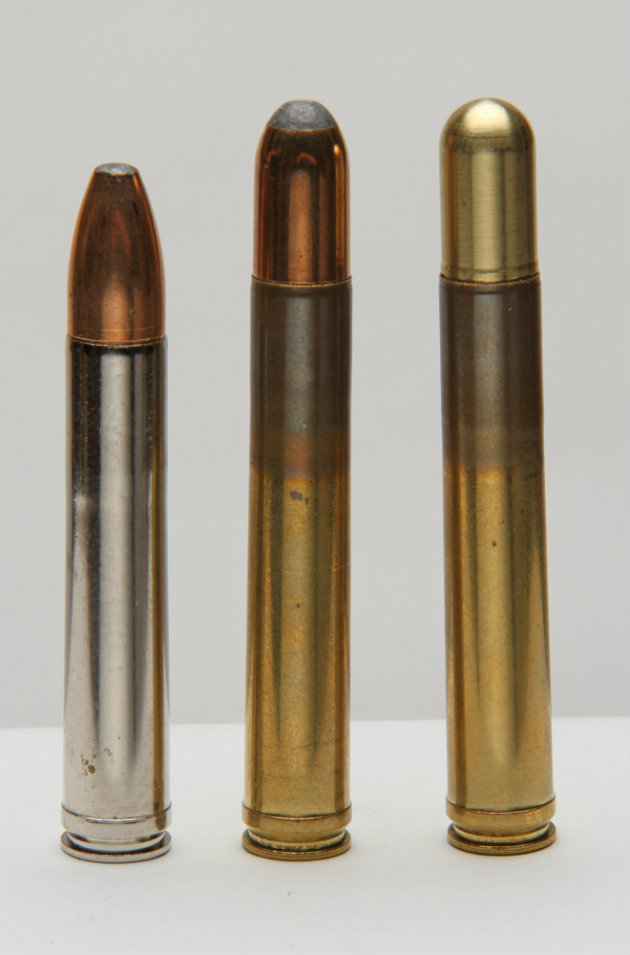
A bit game rifle load intended to shoot big game will recoil more than a shotgun load
Tips on choosing shotgun bore
Let’s talk about shotgun recoil first. Barrel diameter has nothing whatever to do with recoil. The recoil felt by a shooter is the product of the weight and velocity of the projectile compared to the weight of the gun.
You can make shotgun recoil less preoccupying in a few ways.
- Make sure gun fit is right
- Fit the gun with slightly over-bored barrels
- Use chokes and forcing cones with gradual tapers
- Regulate the burn rate of the propellant powder.
But the most effective way to reduce recoil is to shoot a light load through a heavy gun. (Read here for a list of low-recoil guns.)
A Spanish AYA 12 bore
In the case of guns, all of the muzzle energy of the projectile is reflected by an equal force driving the gun backwards.
So why does the gun not kill the shooter? The answer is that the gun weighs much more than the projectile. In the case of our clay shooting load, the gun is usually around 124 times as heavy as the shot.
So if you really do have trouble with recoil, shoot a light, low‑velocity load through a heavy gun.
Shot spread
At sporting ranges, a lot of the pellets fall outside a useful pattern. At 40 yards, even with full choke, the number of shot put inside a 30-inch circle are 186 for the 12-bore, 166 for the 20, 139 for the 28, and a mere 106 for the .410.
The figures are better at closer ranges, but very few people shoot full-choked guns for either birds or clays. To quote just one example, the popular 12-bore chokings of ¼ and ½ put 55 and 60 per cent of pellets inside our 40-yard, 30-inch circle.
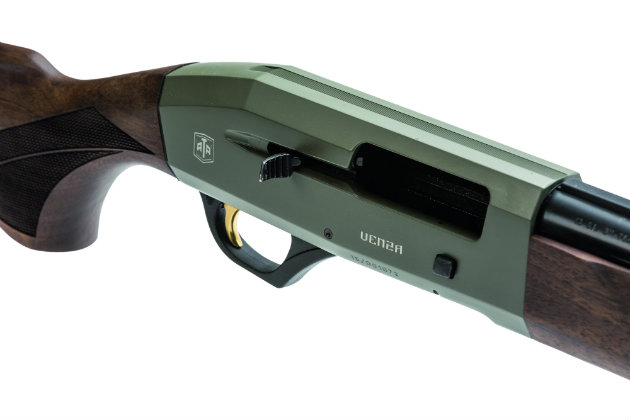
ATA Venza semi-auto
So what’s best?
So I advised the reader asking for advice on choosing shotgun bore to go for a 12-bore. It’s the most adaptable of the lot, and, thanks to the huge quantity manufactured, cartridges are relatively cheap. If I thought recoil was going to be a problem, he might consider a semi‑auto. Second choice would have to be the 20‑bore.
What about a 28-bore or .410?
I know there is a lot of interest in the 28-bore for game, but by my book it would call for a relatively tightly-choked gun, and great precision on the part of the shooter. Also, I’ve never heard of anyone using a 28 for serious clay shooting.
The .410 would be okay for vermin at relatively short range, but it would need to be tightly choked. In fact, most traditional .410 guns are choked ¾ or full, just to get a gap-free pattern.
The late Mike George wrote this piece in 2017 for Sporting Gun and it has been updated.
Related Articles
Get the latest news delivered direct to your door
Subscribe to Shooting Times & Country
Discover the ultimate companion for field sports enthusiasts with Shooting Times & Country Magazine, the UK’s leading weekly publication that has been at the forefront of shooting culture since 1882. Subscribers gain access to expert tips, comprehensive gear reviews, seasonal advice and a vibrant community of like-minded shooters.
Save on shop price when you subscribe with weekly issues featuring in-depth articles on gundog training, exclusive member offers and access to the digital back issue library. A Shooting Times & Country subscription is more than a magazine, don’t just read about the countryside; immerse yourself in its most authoritative and engaging publication.




